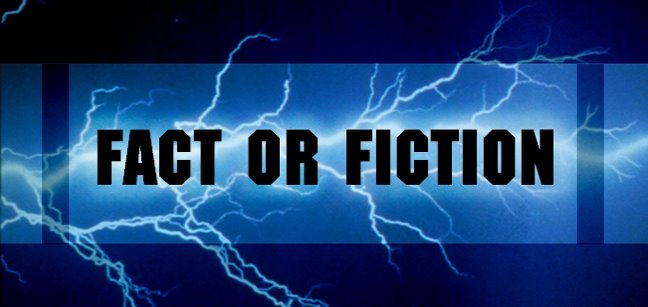The Large Hadron Collider (LHC) is the world's largest and highest-energy particle accelerator, intended to collide opposing beams of protons or lead ions, each moving at approximately 99.999999% of the speed of light.
The LHC was built by the European Organization for Nuclear Research (CERN) with the intention of testing various predictions of high-energy physics, including the existence of the hypothesized Higgs boson and of the large family of new particles predicted by supersymmetry. It lies underneath the Franco-Swiss border between the Jura Mountains and the Alps near Geneva, Switzerland. It is funded by and built in collaboration with over 10,000 scientists and engineers from over 100 countries.
On 10 September 2008, the proton beams were successfully circulated in the main ring of the LHC for the first time. On 19 September 2008, the operations were halted due to a serious fault between two superconducting bending magnets. Owing to the already planned winter shutdown, the LHC will not be operational again until the spring of 2009. The LHC was officially inaugurated on 21 October 2008, in the presence of political leaders, science ministers from CERN's 20 Member States, CERN officials, and members of the worldwide scientific community.
Sunday, November 2, 2008
Particle Accelerators
A particle accelerator (or atom smasher) is a device that uses electric fields to propel electrically-charged particles to high speeds and to contain them.
Subscribe to:
Post Comments (Atom)


No comments:
Post a Comment